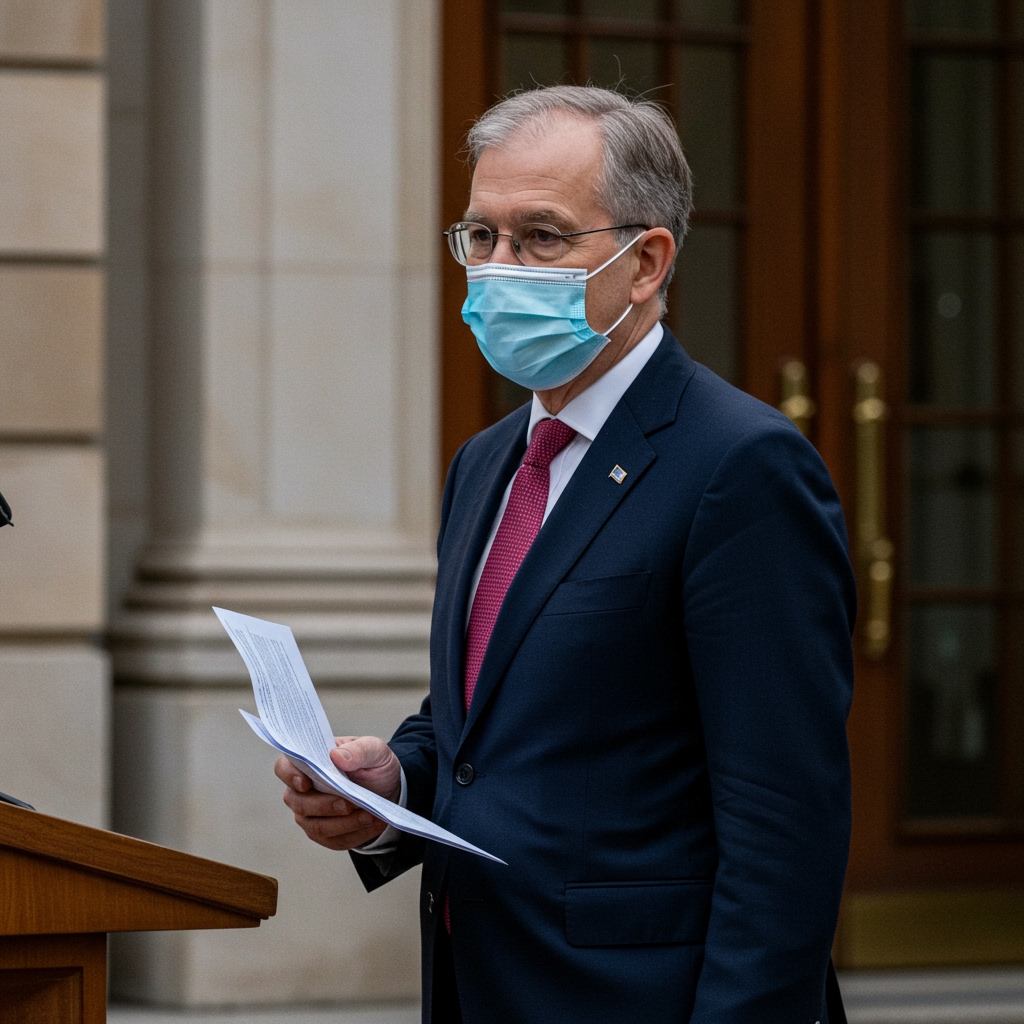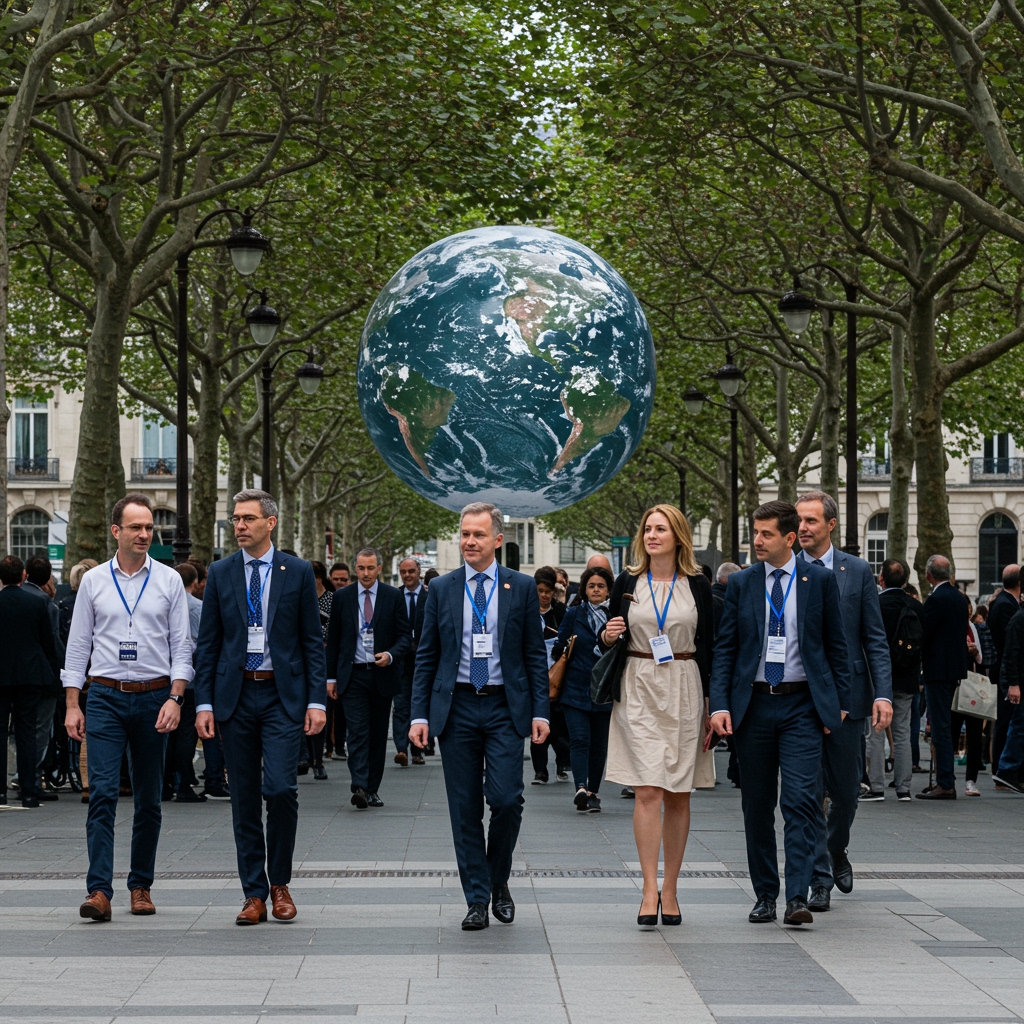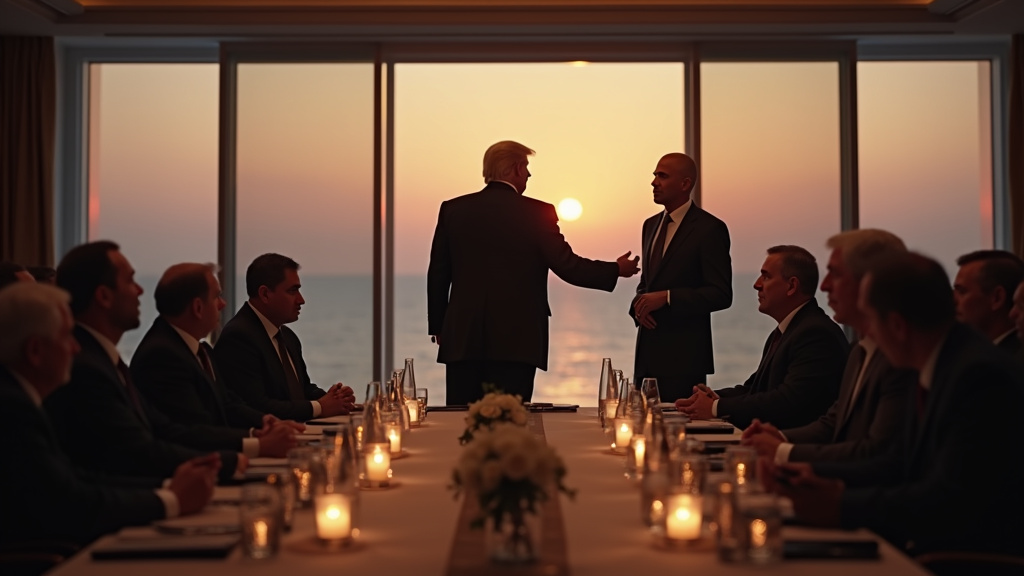Negotiators have reconvened in Geneva this week for a critical phase of discussions surrounding the proposed World Health Organization (WHO) Pandemic Preparedness Treaty. This intense session aims to finalize key articles of the draft accord, bringing the international community closer to establishing a new framework for global health security. The ultimate target remains adoption by the World Health Assembly in May 2025, but significant hurdles must be cleared in the coming days.
The impetus for this landmark treaty stems directly from the profound lessons learned from the COVID-19 pandemic. The global health crisis exposed critical weaknesses in international cooperation, particularly concerning the rapid sharing of information, pathogen samples, medical countermeasures, and the stark inequities in access to life-saving tools like vaccines and treatments.
Geneva Talks Resume on Landmark Pandemic Accord
Delegates from WHO member states and relevant observers are gathered in Geneva, Switzerland, tasked with the difficult but essential work of finding consensus on complex and often contentious issues. This round of negotiations is seen as pivotal, as it seeks to produce a near-final draft text that can then be put forward for political consideration and eventual formalization.
The treaty is envisioned as a legally binding instrument that would complement the existing International Health Regulations (IHR), providing a more robust and coordinated response mechanism for future pandemic threats. Its scope covers various aspects, from early warning systems and surveillance to research and development, supply chains, and equitable distribution of resources.
Addressing Key Points of Contention
Discussions are heavily focused on several articles that remain points of significant disagreement among member states. These include intricate details related to how countries will share data and biological materials from new pathogens, how manufacturing capacity can be scaled up rapidly, and how essential medical products will be distributed fairly across the globe, especially to those most in need.
The core challenge lies in balancing national sovereignty and interests with the collective need for global cooperation in the face of a shared threat. Finding common ground on issues with significant economic and geopolitical implications requires careful negotiation and a willingness from all parties to compromise for the greater good of international health security.
The Debate Over Access, IP, and Financing
One of the most challenging areas centers on ensuring equitable access to vaccines and technology during outbreaks. Experiences from the COVID-19 pandemic exposed vast disparities in access to vaccines, diagnostics, and therapeutics between high-income and low-income countries. The treaty aims to establish mechanisms to prevent a recurrence of this inequity, potentially including provisions for rapid sharing of know-how, technology transfer, and reserved percentages of production for global distribution.
Closely related is the contentious issue of intellectual property rights. Discussions involve how to incentivize innovation while ensuring that patents and other IP protections do not become insurmountable barriers to timely and widespread access to life-saving medical countermeasures during a pandemic. This could involve exploring options like coordinated waiving of certain IP rights or facilitating compulsory licensing under specific emergency conditions.
Another significant hurdle is establishing sustainable financing mechanisms for critical surveillance and response infrastructure in low-income countries. Ensuring these nations have the resources and technical capacity to detect and respond to outbreaks early is crucial for global health security, as a threat anywhere is a threat everywhere. Agreeing on funding sources, distribution mechanisms, and accountability frameworks for these essential preparedness efforts is a complex financial and political negotiation.
Stakeholders at the Negotiating Table
The negotiations involve delegates from WHO member states, each bringing national priorities, economic considerations, and unique perspectives shaped by their own experiences during past outbreaks. These states are the primary architects of the treaty.
In addition to governmental representatives, observers from key global health organizations are also participating, contributing technical expertise and representing broader stakeholder interests. These include organizations like Gavi, the Vaccine Alliance, which plays a crucial role in global vaccine distribution, and CEPI, the Coalition for Epidemic Preparedness Innovations, focused on accelerating vaccine development.
The Urgency of the January 31 Deadline
The current round of talks takes place under considerable increasing pressure to bridge remaining disagreements and deliver a robust international accord. Negotiators are working towards a self-imposed January 31 deadline for a finalized draft text. This draft is intended to serve as the basis for subsequent higher-level political negotiations that will be required to smooth over remaining political sticking points.
Meeting this deadline is seen as crucial for maintaining momentum and providing sufficient time for national capitals to review the proposed text ahead of the targeted adoption at the World Health Assembly in May 2025. Failure to produce a sufficiently finalized text by the end of January could potentially jeopardize the ambitious timeline for the treaty’s formalization.
Strengthening Global Health Security Architecture
Success in these late-stage talks is widely seen as crucial for strengthening global health security architecture. A comprehensive and effective pandemic treaty could fundamentally alter how the world prepares for and responds to future outbreaks, moving from reactive measures towards proactive preparedness and truly equitable cooperation. The treaty is envisioned as embodying the lessons learned from the COVID-19 pandemic by putting solidarity and equity at the forefront of international health cooperation.
Delivering a robust international accord that genuinely enhances global readiness, ensures equitable access to tools during health emergencies, and establishes reliable funding for essential infrastructure in vulnerable nations is the ultimate goal. This requires overcoming deeply entrenched positions on issues like intellectual property and national sovereignty over health assets.
Outlook for the Final Stages
The coming days in Geneva are critical. Negotiators must demonstrate flexibility and a commitment to the overarching goal of protecting global health. While reaching consensus among 194 member states on complex issues with significant national implications is inherently difficult, the shared experience of the COVID-19 pandemic underscores the urgent need for such a legally binding agreement.
The ability of member states, supported by observers like Gavi and CEPI, to bridge remaining disagreements before the January 31 deadline will be a significant test of international resolve. The outcome of these talks will heavily influence whether the global community can indeed build a stronger, more equitable system for preventing and responding to the pandemics of the future, fulfilling the mandate driven by the lessons learned from the COVID-19 pandemic.





